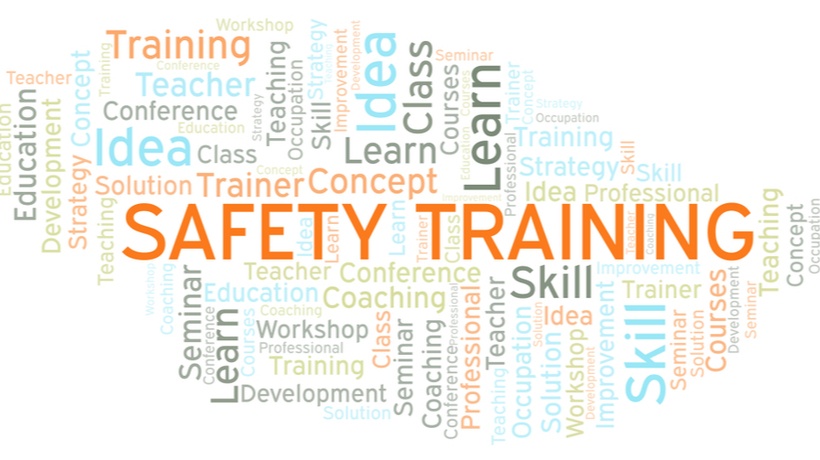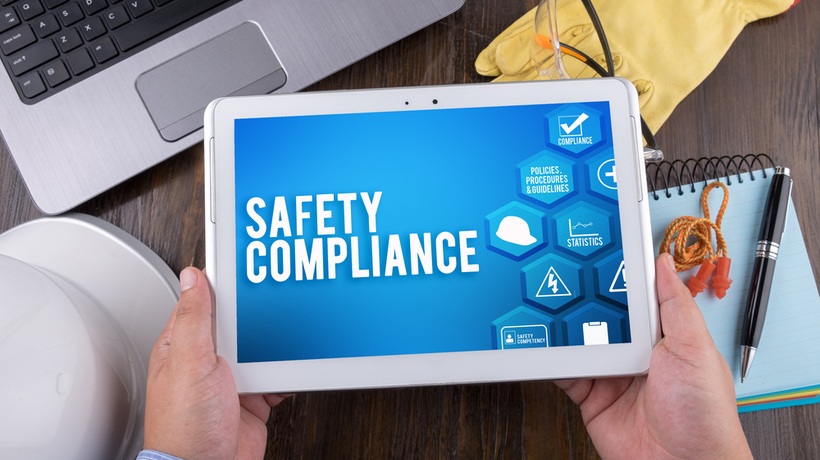Office Safety Training Activities For Your LMS
Office safety training is usually synonymous with boring videos that haven’t aged well and redundant employee handbooks. After all, what’s the worst that can happen in a cubicle or call center? How can you jazz up papercut prevention? In reality, office employees must contend with numerous on-the-job challenges and hazards. Especially when a global pandemic breaks out and social distancing is the new norm. Staffers often work in confined spaces that call for extreme sanitary measures and new company protocols. They must also ease themselves back into regular job duties and refresh compliance know-how after the long lockdown. So, here are 7 office safety training activities to upload to your employee development LMS.

1. Equipment Maintenance Tutorials
Modern offices contain a broad range of tech tools. There may even be remnants from simpler times, like that fax machine you pull out occasionally to send sensitive documents or when the printer/scanner is out of commission. While offices don’t typically deal with heavy machinery, equipment maintenance online training tutorials are still essential. Employees must know how to operate and upkeep the tools of the trade, thereby, extending the life of the machine, reducing wear and tear, and improving your profit margins. Plus, they’re less likely to injure themselves during the cleaning process and they know how to handle product malfunctions.
2. Slip-And-Fall Prevention Videos
We’ve all had the privilege of watching at least one or two slip-and-fall videos in the past. The ones with horrible acting and obvious hazards that anyone could spot from a mile away. In reality, these accidents are usually caused by more subtle dangers, such as wet floors that aren’t properly marked with a sign. Even wearing the wrong footwear or walking at a fast pace can lead to workplace injuries. However, you can keep staffers safe with realistic safety training videos that address common mistakes. Don’t forget to include follow-up and reporting protocols. Sometimes accidents are unavoidable, and staffers must know how to handle the situation. Is it serious enough to call an ambulance? Do they need to file a witness statement with the HR department?
3. Electrical Safety Checklists
Employees shouldn’t be taking apart appliances or fiddling with the electrical wiring. That said, every member of the team should have basic electrical safety training. Checklists help them identify faulty wiring so that they can call in reinforcements. What warning signs should they look for? Do they need to unplug appliances during an outage to prevent surges? You can even include a brief demo on surge protectors so that they understand the fundamentals.
4. Safe Egress Online Training Infographics
What should employees do in case of emergency? How do they safely evacuate the premises if there’s a fire or earthquake? Develop a safe egress online training infographic for easy reference. Bear in mind that employees often feel overwhelmed in emergency situations. They may not remember all the exits or what they’re responsible for. For instance, they need to make sure that customers leave through the front entrance and grab the preparedness kit. The online training infographic should also include pointers on how to keep cool, calm, and collected in stressful situations.
5. Emergency Preparedness Demos
While the safe egress infographic covers the aftermath, emergency preparedness demos take a proactive approach. Produce bite-sized videos that feature realistic emergencies and how each department should respond. There should also be separate demos for managers and emergency coordinators. It’s also wise to assign roles and responsibilities for every member of the team. For instance, one of your call center employees must switch on the automated phone system and quickly notify the main branch, while a coworker needs to bring the evacuation map, list of emergency contacts, and first aid box. Of course, every emergency calls for a different approach based on the environment and parties involved.
6. Ergonomic Tip Sheets
As employees get used to their work routine and it becomes scorned nature, postures often pay the price. Maybe they slouch as they field calls or don’t pay attention to their wrist positioning while typing. But you can help them reduce strain and repetitive injuries with ergonomic tip sheets. In fact, create a checklist for every task or department to ensure their well-being. Include tips on how to take frequent mental breaks and avoid dehydration, even if they’re working with a tight deadline. Lastly, produce quick demos to showcase exercises, stretches, and other techniques they can use to stay productive.
7. Data Security Scenarios
How do employees deal with potential hacks? What are the protocols for reporting data security breaches? Is someone trying to mine sensitive information from your systems? Develop data security scenarios that give employees a chance to experience these vulnerabilities and learn from their mistakes. As an example, an employee’s device has been compromised, which puts your organization at risk due to BYOD training. Employees must identify the problem and the extent of the breach. Then enact safety protocols to mitigate damage and strengthen encryption.
Office safety training activities should be emotionally engaging, role-specific, and relevant. It’s important to keep up with the times and incorporate new resources as rules, regulations, and policies evolve. You must also consider world events that impact your staffers as well as local regulations that dictate how global change affects their job roles. For example, different regions responded to the pandemic in different ways. While some may require certain industries to continue telecommuting. Others must sanitize the office daily and space their desks two meters apart.
Health and safety training should be high on your list of L&D priorities, now more than ever. If you want to find everything you need in order to launch an effective safety training strategy for your organization, download the eBook Safety Training Success For SMBs: How To Prep Your Team For A Post-Pandemic Workplace and benefit from its valuable insights and best practices.







